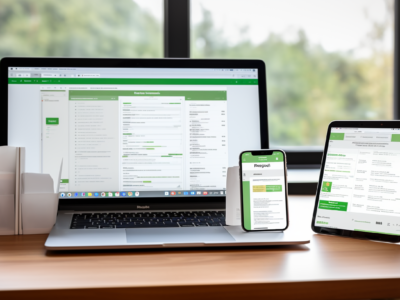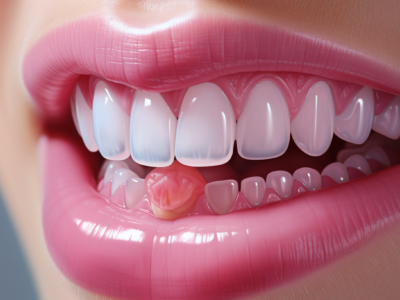Babywearing has been a practice for centuries, and it has become increasingly popular in recent years. Baby carriers are designed to keep infants close to their parents while allowing them to move freely. While there are many benefits to wearing your baby, there are also some potential drawbacks that are not often discussed. In this article, we will explore the pros and cons of baby carriers and what you need to know before you start wearing your baby.
One of the most significant advantages of babywearing is the bond it creates between parent and child. Carrying your baby close to your body can help promote attachment and create a sense of security for your little one. Baby carriers also allow parents to keep their hands free while still being able to attend to their baby’s needs. This can make it easier to complete daily tasks and care for older siblings.
However, there are also some potential downsides to wearing your baby. Improper use of a baby carrier can lead to discomfort for both the parent and child. It is also essential to choose the right carrier for your baby’s age and size to prevent any potential safety issues. In the following sections, we will explore the pros and cons of baby carriers in more detail, so you can make an informed decision about whether babywearing is right for you and your family.
Understanding Babywearing
Babywearing is the practice of carrying a baby in a carrier or wrap close to the body of the parent or caregiver. It has been used for centuries in different cultures around the world and has become increasingly popular in recent years.
Types of Baby Carriers
There are various types of baby carriers available in the market, including wraps, slings, soft structured carriers, and ring slings. Stretchy wraps are made of stretchy fabric and are suitable for newborns. Woven wraps are made of woven fabric and can be used for newborns to toddlers. Soft structured carriers have padded straps and buckles and can be used for infants and toddlers. Ring slings are made of a long piece of fabric with two rings and are suitable for newborns to toddlers. Check out this artipooppe carrier review for more info.
Benefits of Babywearing
Babywearing has several benefits for both the baby and the caregiver. It promotes bonding between the baby and the caregiver and allows the caregiver to be hands-free while carrying the baby. It also helps regulate the baby’s body temperature, breathing, and heart rate. Additionally, babywearing can help reduce crying and fussiness in babies.
Safety Guidelines and Risks
It is essential to follow safety guidelines when babywearing to prevent any risks to the baby. The T.I.C.K.S. rule is a helpful guideline to follow when babywearing. It stands for Tight, In View at All Times, Close Enough to Kiss, Keep Chin Off the Chest, and Supported Back.
It is also important to be aware of the risks associated with babywearing, such as hip dysplasia and suffocation. Parents should ensure that the baby’s hips are in the correct position and that the baby’s airway is not obstructed.
In conclusion, babywearing can be a beneficial practice for both the baby and the caregiver. By understanding the different types of baby carriers, the benefits of babywearing, and the safety guidelines and risks, parents can make informed decisions about whether babywearing is right for them.
Evaluating the Pros and Cons
Advantages of Wearing Your Baby
Babywearing has several benefits for both the baby and the caregiver. It promotes bonding between the two, as the baby feels safe and secure close to the caregiver’s body. This physical closeness also stimulates the release of oxytocin, a hormone that helps reduce stress and promotes feelings of love and trust.
Wearing your baby also allows you to be hands-free, which can be a significant advantage for parents who need to multitask or have other children to care for. It also allows you to exercise while carrying your baby, as the added weight can increase the intensity of your workout.
Skin-to-skin contact is also promoted through babywearing, which is essential for newborns and premature babies. This type of contact can help regulate the baby’s breathing patterns, body temperature, and heart rate. It also encourages the baby’s physical development, as they are constantly exposed to new sights and sounds while being carried.
Challenges and Drawbacks
While there are several benefits to babywearing, there are also some challenges and drawbacks to consider. One of the most common issues is back pain, as carrying a baby for extended periods can put a strain on the caregiver’s back. It can also be challenging to bend over or carry a diaper bag while wearing a baby.
Some babies may also experience reflux while being carried, as the upright position can cause stomach acid to flow back into the esophagus. It is essential to monitor your baby’s breathing and ensure they are in a safe and comfortable position while being carried.
Another potential drawback is the bulkiness and complexity of some baby carriers. Some carriers can be challenging to put on and take off, which can be frustrating for caregivers who are in a hurry or have limited mobility.
Overall, while there are some challenges to consider, babywearing can be a beneficial practice for both the baby and the caregiver. It promotes bonding, hands-free convenience, and physical development, among other benefits. Caregivers should consider their individual needs and preferences when choosing a carrier and ensure they are using it safely and correctly.












